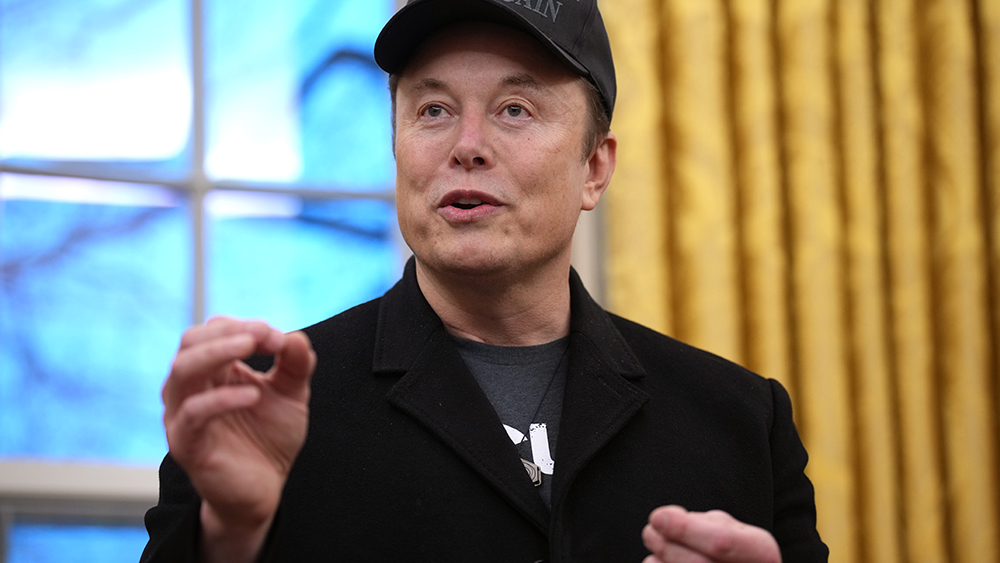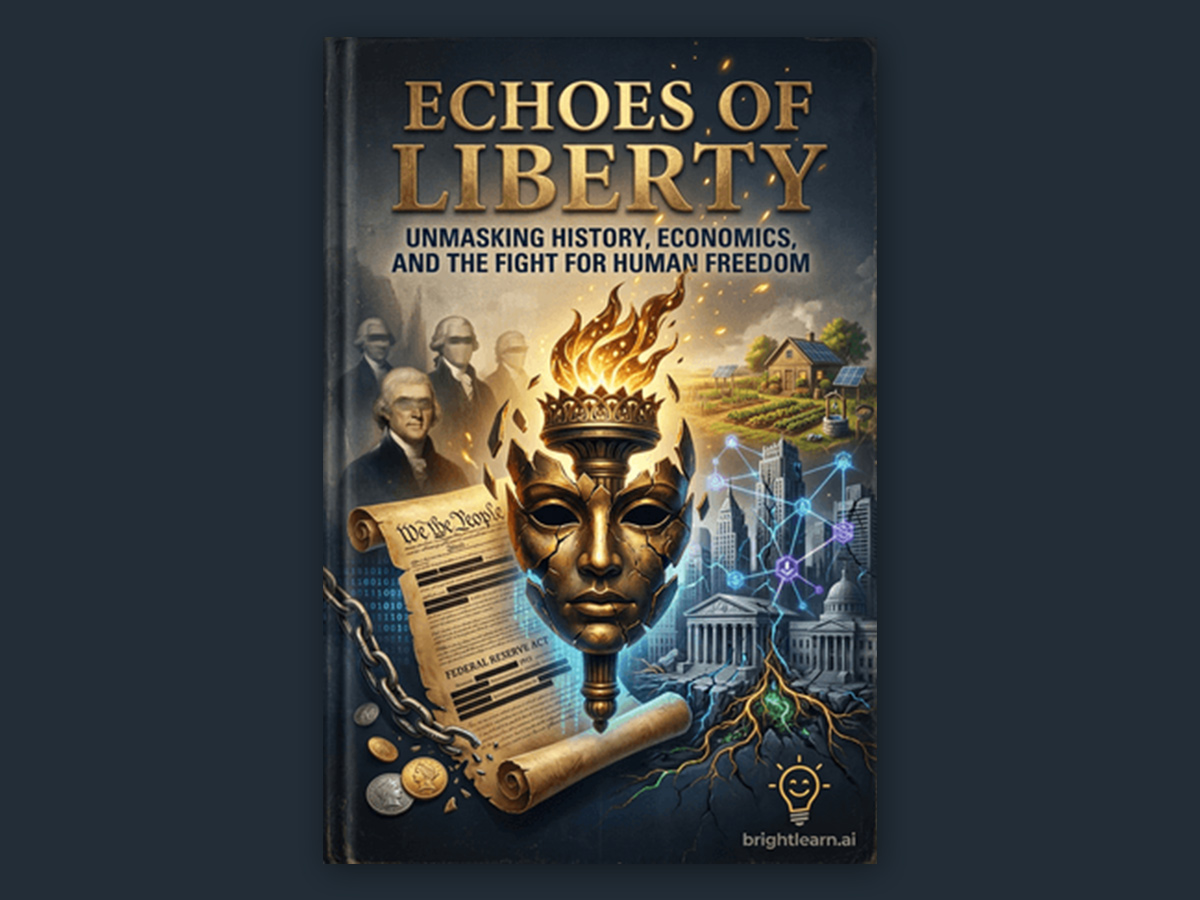© Brighteon.com All Rights Reserved. All content posted on this site is commentary or opinion and is protected under Free Speech. Brighteon is not responsible for comments and content uploaded by our users.
This channel has partnered with the Brighteon Store and receives a small commission from all sales generated from an affiliate link.
Click the shop now button below to help out this channel.
Murray N. Rothbard's "The Mystery of Banking" explores the complexities of the money supply and the modern financial system, tracing its evolution from the Keynesian Era—when fiscal policy dominated economic discussions—to the recognition of money supply’s critical role amid chronic inflation. The book examines the various definitions of money supply (M1, M2, etc.) and debates what constitutes "true" money, highlighting how bank deposits, redeemable for cash, expand the money supply through fractional reserve banking—where banks lend out most deposits, creating new money while risking bank runs. Rothbard delves into the origins of money, from barter’s inefficiencies to the adoption of gold and silver due to their durability and divisibility, and explains how central banking, like the Federal Reserve, aims to stabilize the system but can also fuel inflation by printing money. Inflation’s uneven effects, as seen in Germany’s 1920s hyperinflation, demonstrate its destabilizing consequences. The book concludes by proposing alternative monetary systems, such as the gold standard or free banking, arguing that understanding money’s mechanics is essential for economic stability and reform.
For more videos, visit BrightLearn.ai
Find a copy of this amazing book here.





